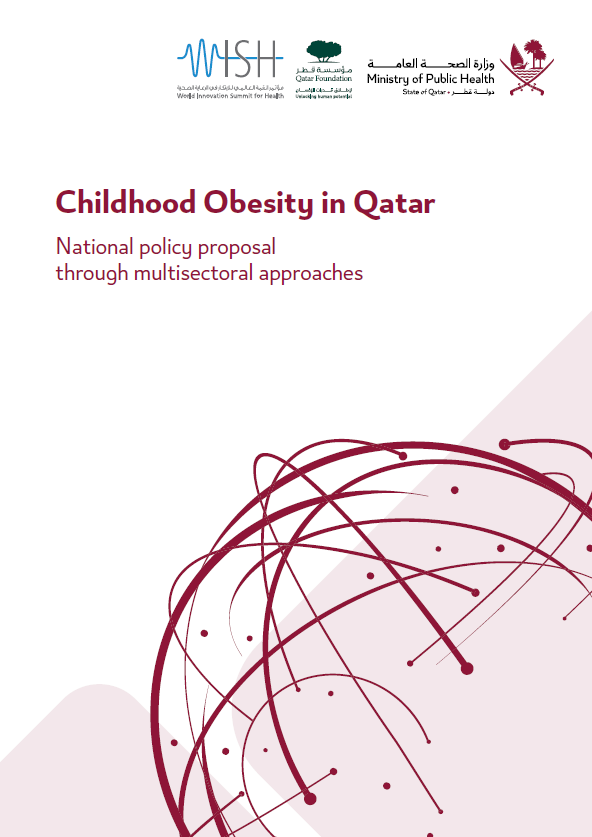Childhood Obesity in Qatar – National policy proposal through multisectoral approaches

Obesity is a public health issue of major concern affecting both developed and developing countries. Over the past few decades, the prevalence of childhood obesity has reached epidemic proportions. This brings with it a series of significant consequences including psychosocial disorders during childhood, and increases the risk of developing other non-communicable diseases (NCDs) such as hypertension, type 2 diabetes, and cardiovascular disease during adulthood. Children with excess weight are more likely to become adults with obesity. The prevalence of childhood obesity has doubled over the past three decades with approximately 340 million children worldwide between the ages of 5 and 19 currently live with overweight or obesity. According to the Global Burden of Disease study, in 2019 over 5 million deaths were associated with overweight or obesity. These trends have resulted in international commitments to reduce obesity and Member States of the World Health Organization (WHO) have since endorsed a target of no increase in childhood obesity by 2025.
Obesity is affected by modifiable factors and to a large extent is preventable. It is not inevitable; rather it arises from the choices we make as societies first and foremost, and as individuals second. Avoiding or preventing obesity is therefore determined mostly by policies that are beyond the scope of medical care. Multisectoral or intersectoral policies and actions present us with a strategic vision to address these social determinants that present a threat to health. Multisectoral action for health means evidence-based actions by various sectors that are collectively required to optimize the health of the population. Essentially, these prevention policies are an integral part of the continuum of services included in universal health coverage and provide support to encourage positive health outcomes on a societal level through successful health services and interventions.
Policy action for health and healthcare is amenable to ‘health in all policies’(HiAP) approaches. These approaches build upon decades of studies of multisectoral action and evidence-based public health. Typically,
prevention and promotion policies in the health sector cover four
main mechanisms:
• Fiscal measures (such as taxes and subsidies).
• Laws and regulations.
• Changes in the built environment.
• Community engagement and informative education campaigns.